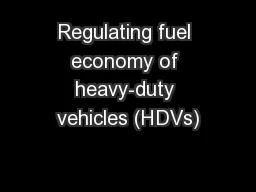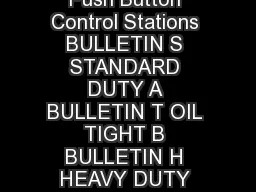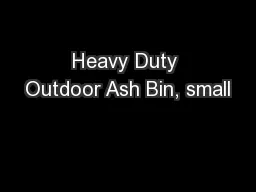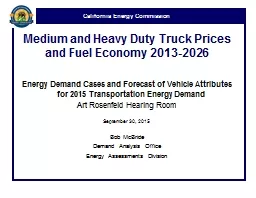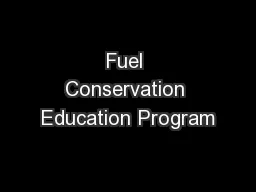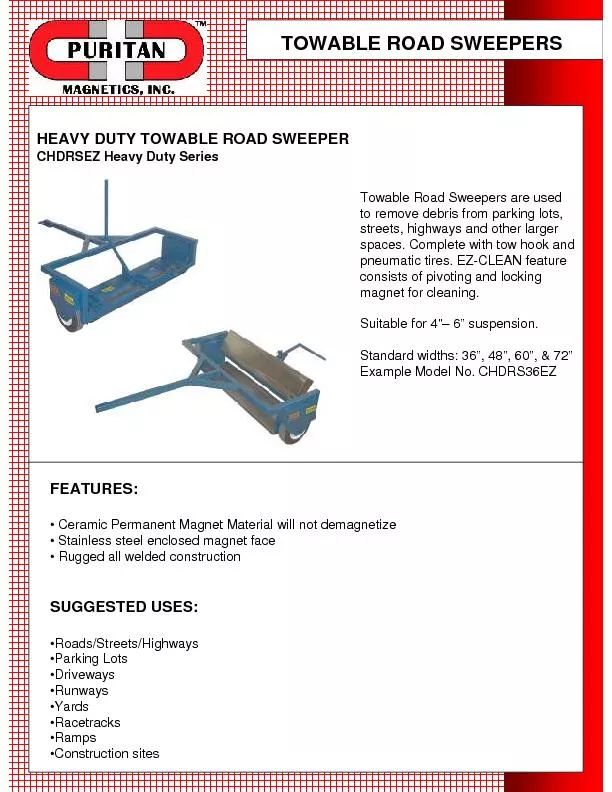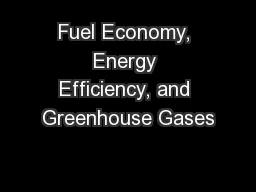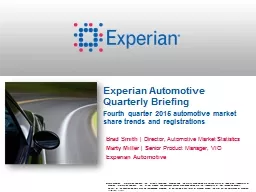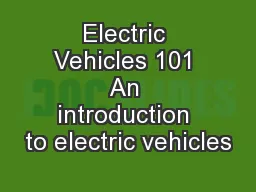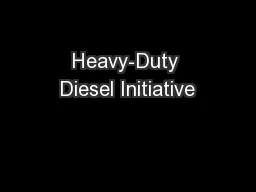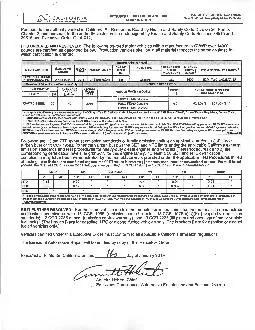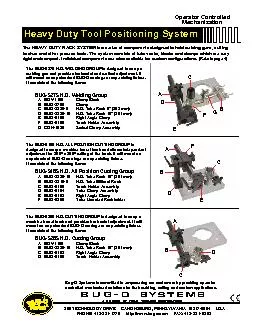PPT-Regulating fuel economy of heavy-duty vehicles (HDVs)
Author : danika-pritchard | Published Date : 2016-05-04
Winston Harrington Alan Krupnick For USAEE Meeting Washington DC October 11 2011 Outline Background on HDVs The regulations Some economic issues Conclusions Caveat
Presentation Embed Code
Download Presentation
Download Presentation The PPT/PDF document "Regulating fuel economy of heavy-duty ve..." is the property of its rightful owner. Permission is granted to download and print the materials on this website for personal, non-commercial use only, and to display it on your personal computer provided you do not modify the materials and that you retain all copyright notices contained in the materials. By downloading content from our website, you accept the terms of this agreement.
Regulating fuel economy of heavy-duty vehicles (HDVs): Transcript
Download Rules Of Document
"Regulating fuel economy of heavy-duty vehicles (HDVs)"The content belongs to its owner. You may download and print it for personal use, without modification, and keep all copyright notices. By downloading, you agree to these terms.
Related Documents

